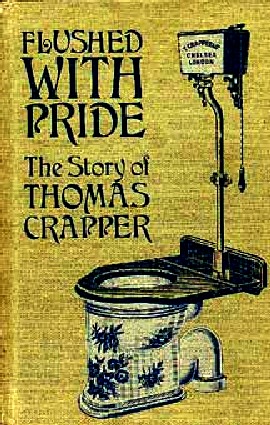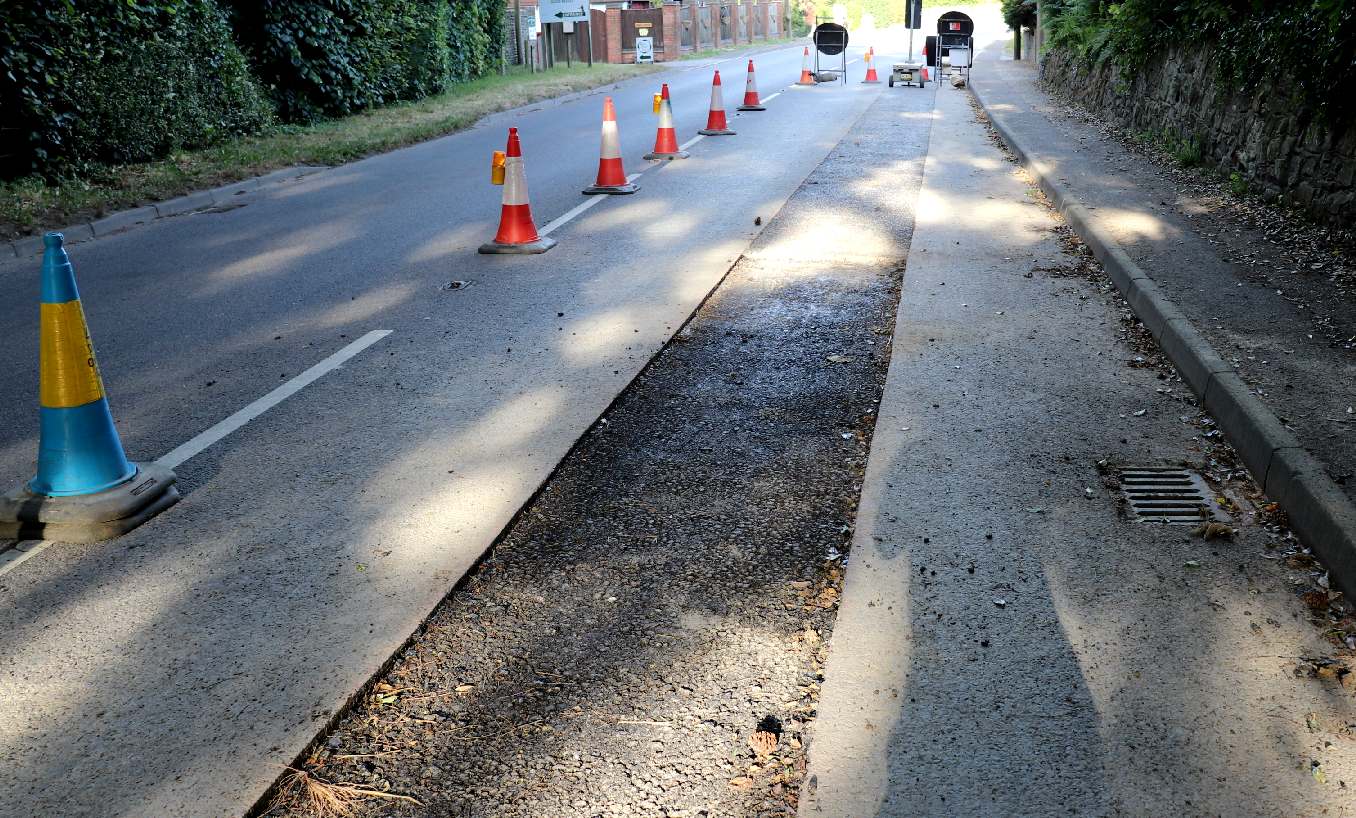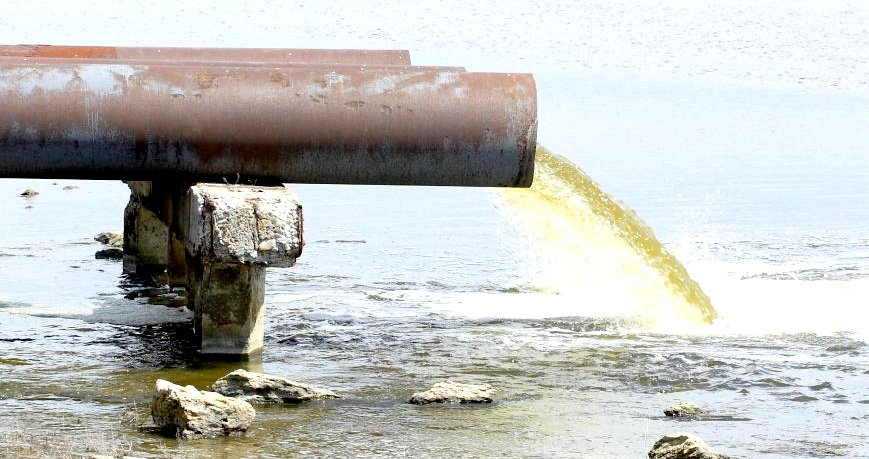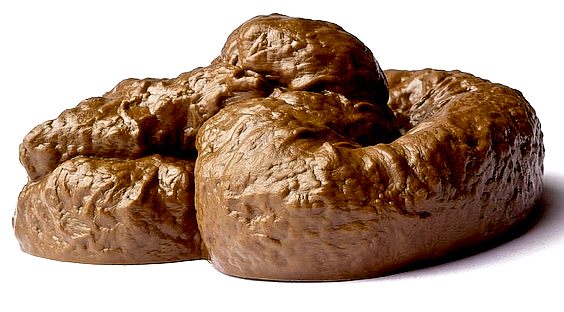|
TAKING A CRAP
Please use our A-Z INDEX to navigate this site
|
TAKING A CRAP - Bums to the porcelain and puff those cheeks. Going to the toilet was not always such a refined affair, not until Thomas Crapper plumbed in a small tank high on a wall above a ceramic bowl, with a superior siphon release system, in his London showrooms, that the concept really caught on. This was thanks to many English and American inventors, including Thomas Twyford. The above contraption is a treatment plant owned by Southern Water in Victoria Road, just off the A271, near Herstmonceux, East Sussex.
Where Wealden District Council and the Parish Councillors at Herstmonceux seem content to crap all over the wishes of the people, you may be interested to know where the term comes from.
It was not Thomas Crapper who invented the flushing toilet, but he made many improvements and helped to popularize the porcelain home appliance, with a handle and chain to flush, such that "Going for a Crap," means shitting into a ceramic bowl permanently fixed to the floor and filled with water - inside a room in a house - such as to be plumbed in, and flushing the waste away by pulling a handle. When such waste flows into a sewer system.
In the last 100 years, this is something that many humans take for granted.
It has often been claimed in popular culture that the slang term for human bodily waste, crap, originated with Thomas Crapper because of his association with lavatories. A common version of this story is that American servicemen stationed in England during World War I saw his name on cisterns and used it as army slang: "I'm going to the crapper".
Thomas Crapper (1836 - 1910) was an English businessman and plumber. He founded Thomas Crapper & Co in London, a sanitary equipment company.
THE VICTORIANS
In 1596 Sir John Harrinton (godson) designed a flushing water closet for Queen Elizabeth I, but with the absense of a sewer system it did not catch on with English society, being more of a novelty. The Victorians made the connection between unsanitary conditions and disease that the Elizabethans hadn't and developed municipal sewer systems to try to keep their cities cleaner.
Before
this cities smelled to high heaven.
But water-closet bowls remained a problem, because their rudimentary traps did not do a very good job of letting waste go down the drain or keeping sewer gases from rising up into buildings.
GRAVITY FED - The high mounted cistern coupled with a siphon release, allowed a good flow of water to flush the turds away, via a 'P' trap.
JUNE 2020 - Pooh passage along the A271, is designed to carry human excrement from Shit Creek along Chapel Row and Victoria Street to Southern Water's treatment plant number 101645.
LINKS & REFERENCE
https:/
Please use our A-Z INDEX to navigate this site
|
|
AFFORDABLE | CLIMATE | DEVELOPERS | ECONOMY | HISTORY | HOMES LADDER | MORALS | POVERTY | PROPERTY | SLAVERY | TAXES | SLUMS | VALUATIONS | WEALTH
|






